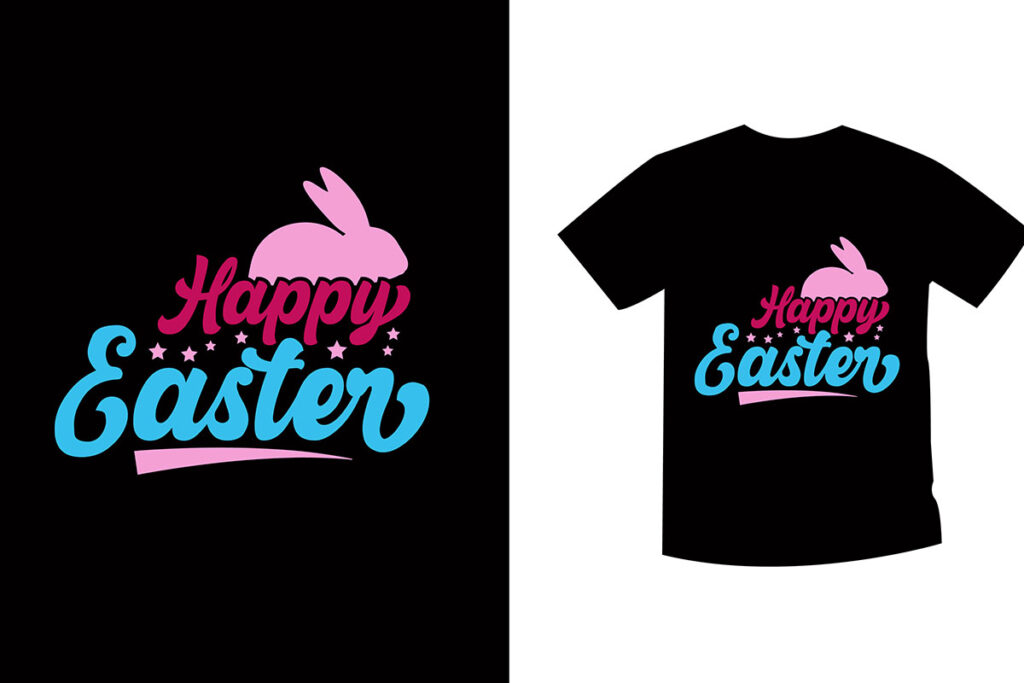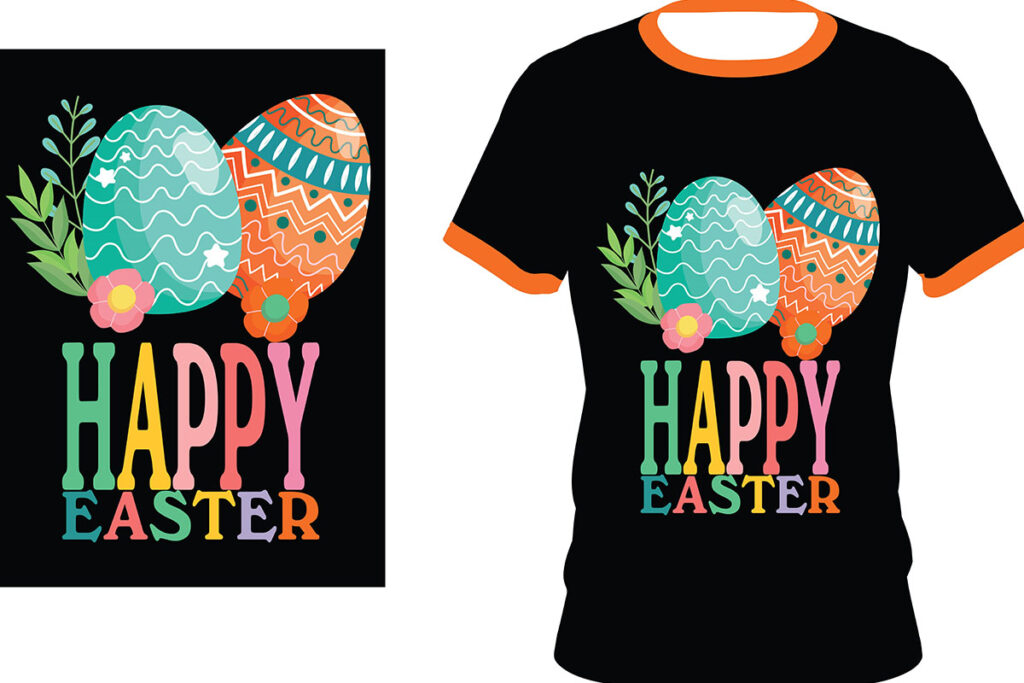In the vibrant landscape of custom apparel, DTF transfers have emerged as a groundbreaking printing method. Utilizing Direct to Film technology, this innovative solution allows for high-quality designs that capture both intricate details and vibrant colors with ease. As businesses seek to differentiate themselves, DTF printing stands out for its versatility across various fabric types, surpassing traditional methods like screen printing and Direct to Garment (DTG) printing. With significant cost benefits and an increasing array of applications, more brands are turning to DTF transfers to fulfill their printing needs. In this article, we will delve into the multifaceted advantages of DTF printing and compare it with other popular techniques in the industry.
Exploring the realm of Direct to Film (DTF) printing reveals a wealth of opportunities for those in the custom clothing market. Also known as DTF transfers, this technique has become a game-changer by allowing businesses to create vibrant and detailed prints on a variety of fabric blends. As brands shift their focus towards high-quality printing solutions, alternatives like direct-to-garment (DTG) and traditional screen printing techniques remain widely discussed. However, the unique benefits offered by DTF printing, including flexibility and affordability, have sparked a growing interest among entrepreneurs. Join us as we uncover the key features and benefits of DTF transfers and how they measure up against other printing options.
Understanding the Basics of DTF Transfers
Direct to Film (DTF) printing is an innovative technique that has rapidly gained popularity in the custom apparel sector. At its core, DTF involves printing designs onto a specialized film, which is then used to transfer the design onto a variety of textiles through heat application. This method allows for the creation of intricate graphics with vivid colors and high levels of detail, making it a preferred choice for many businesses looking to produce high-quality, customized garments.
The application process of DTF is straightforward yet highly effective, offering flexibility in terms of fabric choices. DTF can work seamlessly on different materials, including cotton, polyester, and blends, which broadens the possibilities for designers and apparel makers. As consumers increasingly seek personalized and unique clothing options, DTF printing meets the demand for versatile and high-quality printing solutions.
Comparative Benefits: DTF vs. Direct to Garment Printing
When juxtaposed with Direct to Garment (DTG) printing, DTF shows significant advantages, particularly in its operational efficiency and cost-effectiveness. Unlike DTG, which often requires pretreatment of fabrics and can be slow for larger orders, DTF is less time-intensive. This is crucial for businesses aiming to fulfill a substantial volume of orders while maintaining quality. DTF produces high-resolution prints, which competes favorably with DTG’s output, but with a streamlined workflow that enhances productivity.
Moreover, businesses can benefit from the affordability of DTF transfers. Given that DTG setups often demand extensive investment in sophisticated machinery and technical expertise, DTF emerges as a more accessible option for startups and smaller enterprises looking to enter the custom apparel market. Thanks to its lower barrier to entry, many entrepreneurs are finding DTF a viable alternative that efficiently meets their production needs.
DTF Printing: Exceptional Material Versatility
One of the primary advantages of DTF printing is its incredible versatility when it comes to materials. Unlike traditional screen printing, which might be restricted to specific fabric types for optimal results, DTF transfers can be applied to a broad spectrum of substrates. This gives businesses the flexibility to explore a range of products, including active wear, cotton tees, and even polyester blends, effectively catering to diverse market segments.
The ability to print on such a wide array of fabrics not only expands a business’s product line but also provides significant opportunities for customization. Whether creating vibrant designs for promotional wear or detailed insignias for team uniforms, DTF’s adaptability ensures that it can meet varied client demands without compromising quality. This expanded material compatibility is a key element in DTF’s growing reputation in the custom apparel landscape.
Cost-Effectiveness of DTF Printing
The affordability of DTF printing is a pivotal reason for its increasing adoption among small and medium-sized enterprises in the custom apparel industry. Initial setup costs associated with DTF technology are generally lower compared to the investment required for DTG printing or screen printing. This presents an attractive opportunity for businesses with limited budgets seeking to venture into the custom printing market without incurring heavy financial burdens.
Furthermore, DTF relies on fewer intricate processes and equipment, which translates to lower operational costs over time. The combination of lower initial investment and streamlined workflow makes DTF an economically viable option for both startups and established businesses looking to expand their production capabilities while maintaining profitability.
DTF vs. Traditional Screen Printing
When comparing DTF to traditional screen printing, several distinctions emerge that highlight DTF’s advantages. Screen printing is celebrated for its cost-effectiveness on large volume runs; however, it typically involves more time-consuming preparation and isn’t well-suited for detailed designs or color variations. In contrast, DTF can efficiently handle complex images with multiple colors without the need for multiple screen setups, ultimately saving time and reducing waste.
Additionally, DTF provides enhanced abilities in producing high-quality prints on both light and dark fabrics, overcoming one of the significant limitations faced by screen printing. This flexibility allows businesses to adapt to different client needs without investing in additional screens or complicated setups, making DTF a powerful tool in the competitive custom apparel market.
Trends and Innovations in DTF Printing
The world of DTF printing is not static; it is continually evolving, propelled by technological advancements. Recent innovations in printing inks and transfer films have improved not only the quality and vibrancy of prints but also their durability. These advancements have solidified DTF’s position as a leading option for businesses aiming to deliver long-lasting, high-quality apparel.
Additionally, the integration of cutting-edge design software is streamlining the production process, enabling smoother transitions from design to finished product. With these enhancements, DTF printing is poised to redefine quality standards in the custom apparel market, further attracting businesses seeking efficient and reliable solutions for their printing needs.
Frequently Asked Questions
What are DTF transfers, and how do they work?
DTF transfers, or Direct to Film transfers, involve printing high-quality designs onto a special film, which is then heat-pressed onto various garments. This technique allows for vibrant colors and fine details, making it ideal for custom apparel production.
How do DTF transfers compare to Direct to Garment (DTG) printing?
While both DTF and DTG printing produce high-quality images, DTF transfers offer faster production times and are suitable for a wider range of fabrics, including cotton, polyester, and blends. DTG is often slower and requires pre-treatment of garments, making DTF a more efficient choice for customized items.
What are the advantages of using DTF printing for custom apparel?
DTF printing offers several benefits including exceptional detail, vivid color reproduction, material flexibility on various fabrics, and a lower initial setup cost compared to DTG and screen printing. This makes DTF transfers a popular choice for businesses looking to produce custom designs.
Is DTF printing cost-effective for small businesses?
Yes, DTF printing is particularly cost-effective for small businesses due to its lower machinery setup costs and minimal fabric restrictions. This affordability allows startups to enter the custom apparel market without significant financial strain.
What types of fabrics can DTF transfers be applied to?
DTF transfers are versatile and can efficiently be applied to various fabrics, including cotton, polyester, and mixed blends. This adaptability makes DTF printing ideal for businesses that cater to diverse markets.
What makes DTF printing a preferred choice in today’s custom printing landscape?
DTF printing’s combination of high-quality output, rapid production, adaptability to varying fabric types, and cost-effectiveness positions it as a top choice for businesses in the custom apparel sector, particularly amidst increasing consumer demand for quick and quality printing solutions.
| Aspect | DTF Transfers | DTG Printing | Screen Printing |
|---|---|---|---|
| Quality and Detail | Exceptional quality, vibrant colors, suitable for various fabrics | High-quality imagery but may require pre-treatment, affecting efficiency | Good for large batches, but less detail with intricate designs |
| Material Flexibility | Effective on cotton, polyester, and blends | Best on cotton, limited on other materials | Requires specific fabric types for optimal results |
| Cost-Effectiveness | Lower setup cost, accessible for small businesses | Higher setup costs due to machinery requirements | Economical for high-volume orders but complicated for small ones |
Summary
DTF Transfers are revolutionizing the custom apparel industry with their blend of quality, flexibility, and affordability. By comparing DTF with other popular printing techniques like DTG and screen printing, it’s clear that DTF offers significant advantages, particularly for businesses looking for vibrant output on various fabrics without high initial costs. As the market trends shift, the adaptability of DTF transfers positions them as a critical option for both startups and established brands, ensuring their relevance and growing influence in the e-commerce landscape.



